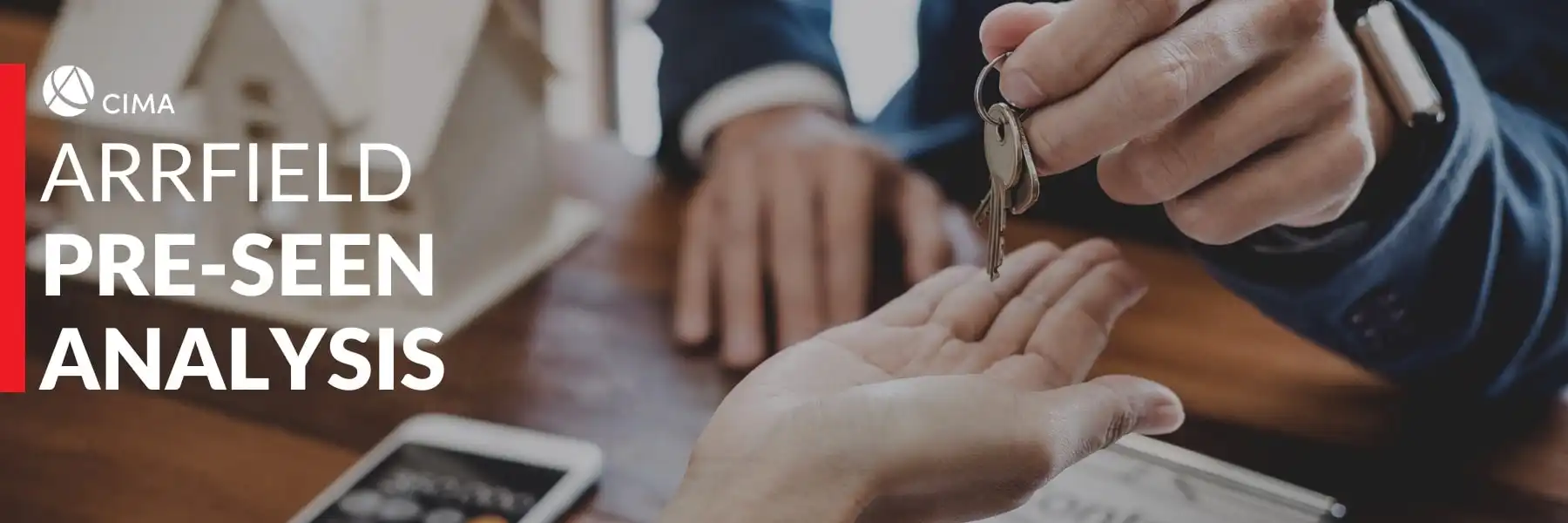IBTC lecturer, Nicky Brouwer, has broken down the Strategic Case Study Pre-Seen and highlighted some things you should know when preparing for the May Case Study exam.
Here is what she had to say,
Welcome to Arrfield, a slightly different case study from what we’ve previously seen, due simply to its magnitude on the national and global scale. Its assets were once state assets and are now privatised, hence this operation will still be of great economic importance.
I have had the honour of a weekend class brainstorming the case with students, which always sheds light on quite how to view the relevant case, hence adding to my write-up.
Arrfield is in essence a landlord, albeit a strategically essential landlord. Its tenants comprise retail outlets, restaurants, vehicle drivers/parkers and airlines. Its stakeholder base is equally substantial as well as vital to nurture and maintain. Sustainability issues are forefront yet need to be balanced with economic viability and need. Globally sustainable development and ways of doing business are in the spotlight. In this case its noise and air pollution as well, possibly, as the energy consumption or footprint of the entire physical and IT infrastructure need consideration. Sustainability is as much about the action as the communication. Communication through the GRI framework.
After pondering what to write about in this blog, I’ve settled on areas for consideration when actually writing the exam, sitting face to face with the screen. These are areas that are very “CIMA” in their nature and candidates need to be aware of how to navigate this terrain:
- Be in the company, write about us. Become so familiar with working in and for Arrfield that you almost replace your other job reality with this one. Write you emails and other communications as if writing the exam. Make your points clear, explain them and ensure the reality of the situation is captured in a deep enough manner.
- Questions are more and more requiring your ideas and practical solutions. Yes, there is sound financial and strategic theory embedded in the tasks, yet as a deep subtle backbone. In other words, it extremely unlikely you’re asked a theory-based question. You really need to place your work hat on and present plausible real solutions and ideas, with some good meat on.
- You are asked to present issues for consideration by a Board who can then make the decision(s). You are not the decision maker. There is no right or wrong answer. There needs to be a comprehensive communication presented of issues to consider i.e. a 3600 view. Sometimes you need to evaluate, provide pros and cons (risks and opportunities), action to be taken or simply identify issues to consider.
- With an ethical question keep an open mind to present the implications of various avenues. Yes, walk the high road yet be open minded, tactful and comprehensive in responses presented. You may need to scope out the possibility and implications of two or three courses of action.
- Practice interpreting the task requirements correctly. What do the different verbs require. I would suggest gaining this knowledge from mock exam practice and suggested solution layouts. To paint the picture of three possible task requirements: 1. Provide the merits(benefits) of two different actions – here give merits of each for comparative purposes rather than pros and cons of each; 2. Evaluate usually implies look at both sides of the situation like pros and cons of one course of action; 3. Describe a course of action on, for example, communicating a merger to employees – here you need to discuss a number of actions to be taken.
- Be on constant look out for the word “and”. This splits a task in 2, literally. Give each part equal weighting and present under two separate headings so the marker can see your split.
- Present on what is asked, avoid temptation to go off on a tangent to put down things you know.
- This brings us then to the planning, the most vital part of your exam. This contemplative 10 to 20 minutes at the start of every task is an area to perfect. To write down your points that will then serve as headings for each point, this is after determining how many points you need from the % allocation. Pause that extra moment before diving in, be clear on your tack and approach to each point. This ensures focused direction the full way through answering your task.
- Use examples for exchange rate related questions. Create simple scenarios like if the exchange rate goes up from A$1: B$1.5 to A$1: B$1.7 and paint the impact on a transaction and hedge.
- Know the corporate governance standing of the Board and its committees, what are strengths and what are pitfalls. This is often incorporated into questions.
- With all possible questions have a strategic approach of your own i.e., what tools to pull forward to structure an answer. For example, share price of a company is the present value of future cashflows. The extent to which the share price reflects future cash flows is via the efficient market hypothesis. Be able to chat comfortably about these topics.
- Ensure holistic presentations in all aspects.
- It’s not advisable to make assumptions of any form.
- A few minutes prior to the end of question time do pause and read through your answer for sense and to ensure you earn the marks due to you.
Remember that CIMA selects topical cases, so do be aware of what is taking place in the global industry in which this case is set.
Let your creative juices flow, relax and have FUN.







